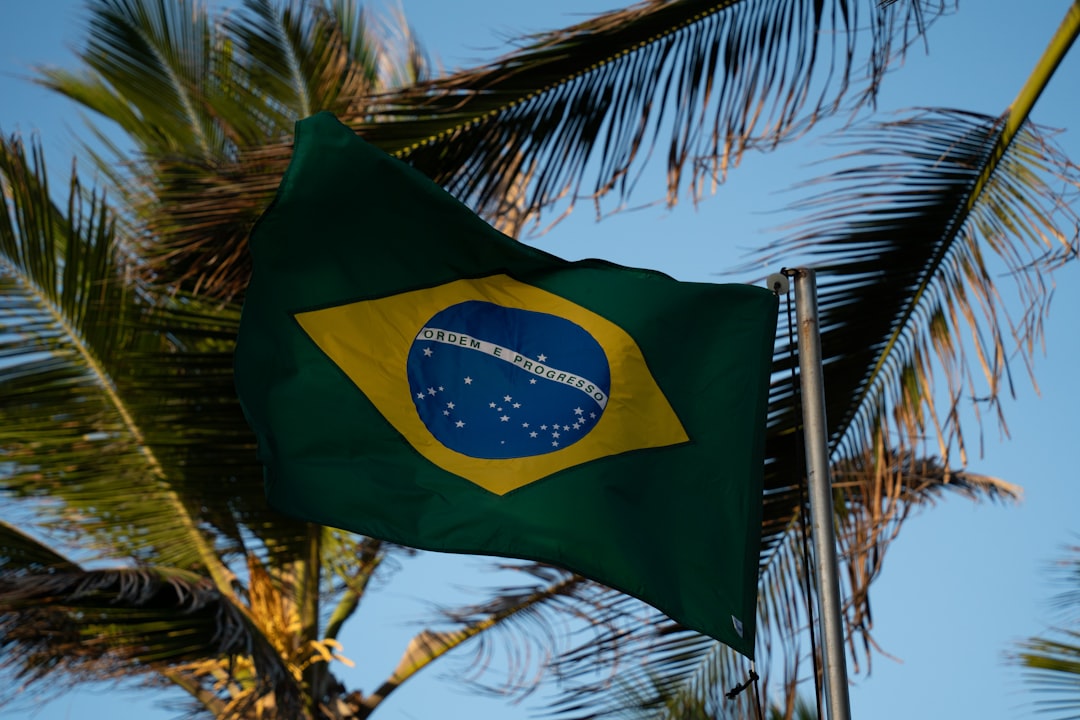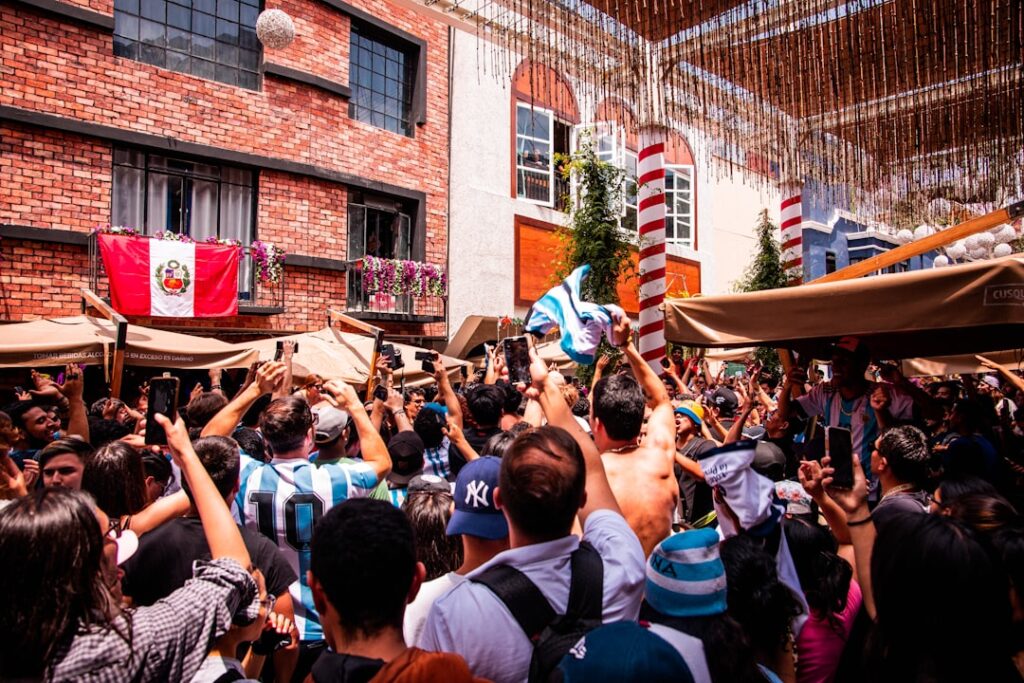
The excitement is building as the football world prepares for the 2026 FIFA World Cup. With the tournament set to be hosted across North America, fans from around the globe are eagerly anticipating which teams will face off in the group stage. But before we can dive into the matches, there’s the all-important task of the World Cup draw. Let’s take a closer look at how this exciting process works and what it means for your favorite teams.
The Road to the World Cup Draw
With an expanded format consisting of 48 teams, the 2026 World Cup promises to be a groundbreaking event. But what exactly does this expansion mean for the draw? First, it’s essential to understand that the qualification process will involve more teams, making the stakes higher than ever. Each of FIFA’s continental confederations conducts its own qualification matches, whittling down the nearly 200 national teams to the 48 that will secure a ticket to the grand stage in North America.
The Mechanics of the Draw
Once all qualifying matches are complete, the teams are seeded into pots based on their FIFA rankings. Here’s a breakdown of how the draw works:
- Pots: The highest-ranked teams are placed in Pot 1, with the remaining teams distributed among the other pots based on their rankings.
- Groups: The draw results in the formation of 12 groups, each comprising four teams. No group will have more than one team from the same pot.
- Regional Distribution: FIFA aims to ensure that teams from the same confederation are spread across different groups, avoiding clashes in the group stage.
This process aims to ensure a balanced competition, giving fans worldwide a taste of diverse football styles and tactical showdowns.
Regional Dynamics and Impacts
As we look forward to this mega event, the geographical spread of host cities across Canada, Mexico, and the United States adds a unique flavor to the tournament. With matches potentially being played across different climates and altitudes, the draw’s outcomes could significantly impact team performances. For instance, teams comfortable in colder conditions might find a boost playing in cities like Edmonton or Toronto.
One additional factor to consider is the heightened expectations surrounding Team USA. The squad, co-hosting, automatically qualifies and is expected to make a significant impact. With a favorable draw, they could capitalize on home advantage and stir a strong run, possibly invigorating the growth and enthusiasm for soccer stateside.
What History Tells Us
Looking back at past world cups, certain draws have dramatically influenced the pathways for various teams. The infamous ‘Group of Death’ scenario is always a possibility, where several top-performing teams find themselves in the same group, creating a fiercely competitive atmosphere from the get-go.
For instance, in the 2014 World Cup, Group G featured Germany, Portugal, Ghana, and the USA, leading to dramatic and memorable matches. Such groups not only test the resilience and strategy of the best but also deliver some of the most thrilling football moments for fans.
Fans: Gear Up for the Spectacle
With the draw being a significant milestone, it’s a pivotal moment for fans worldwide. Whether you’re rooting for the traditional powerhouses like Brazil, Germany, or France, or you’re hoping for an underdog story, the draw sets the stage for what promises to be an epic tournament.
So, football fans, mark your calendars and prepare to witness how the fate of your favorite teams unfolds. Which group will be hailed as the ‘Group of Death’? Will Team USA find a favorable path on their home soil?
Share your predictions and stay connected with all things World Cup 2026 here at CupVibes.com. Keep your passion alive as we build up to a tournament that’s destined to go down in history.


